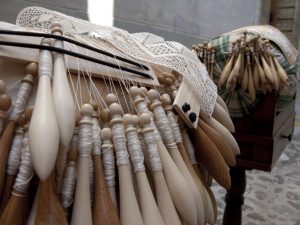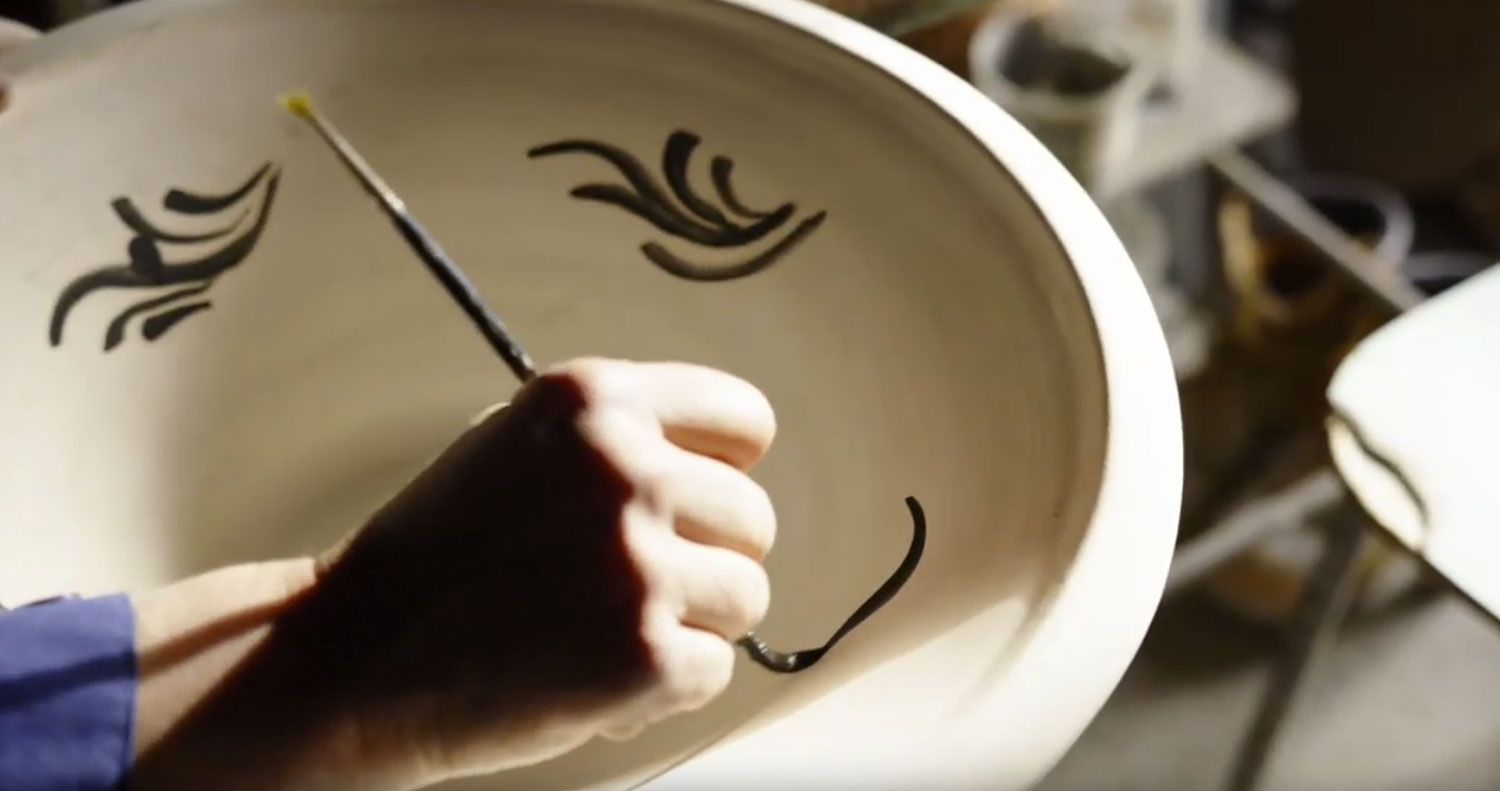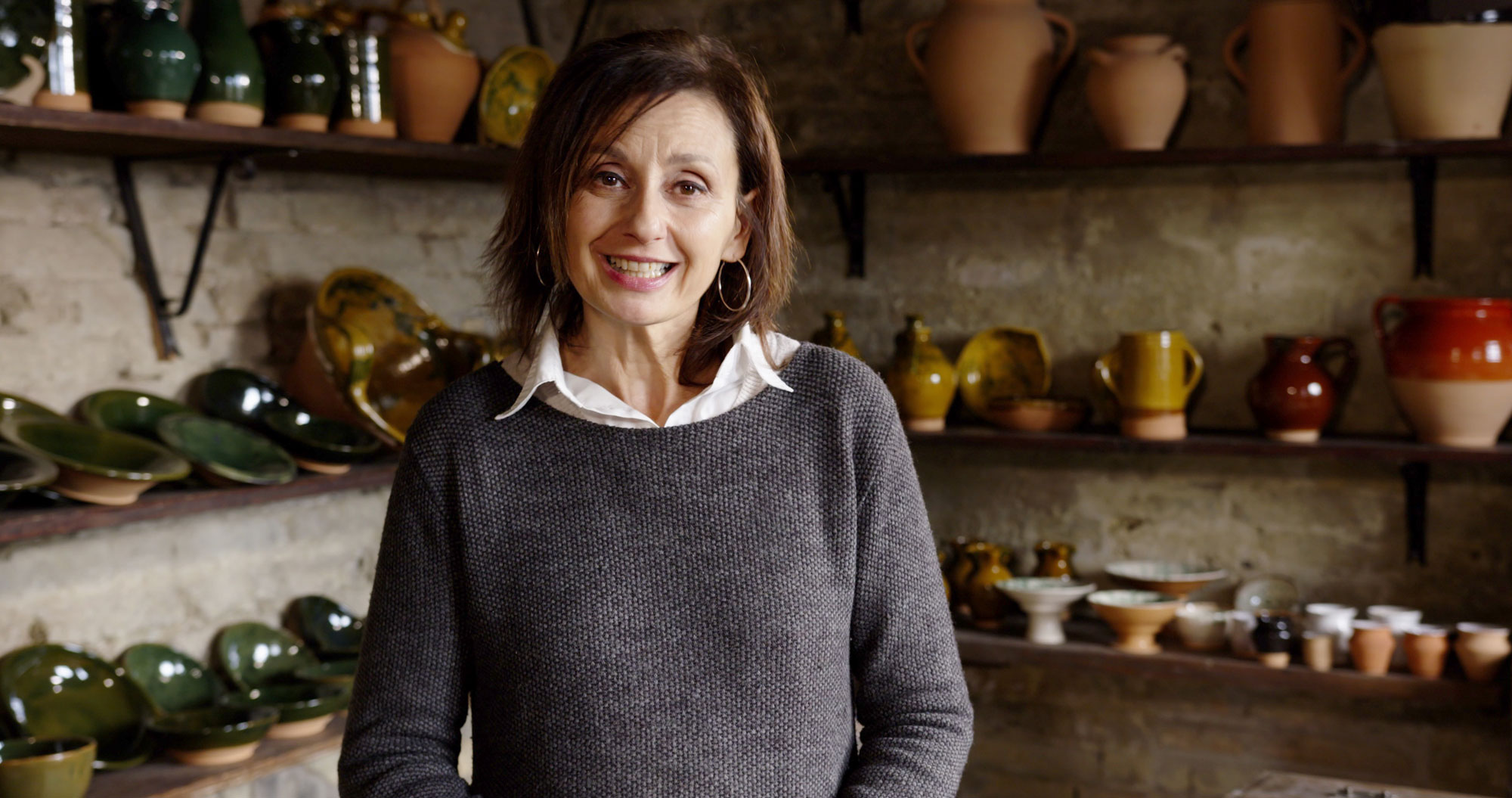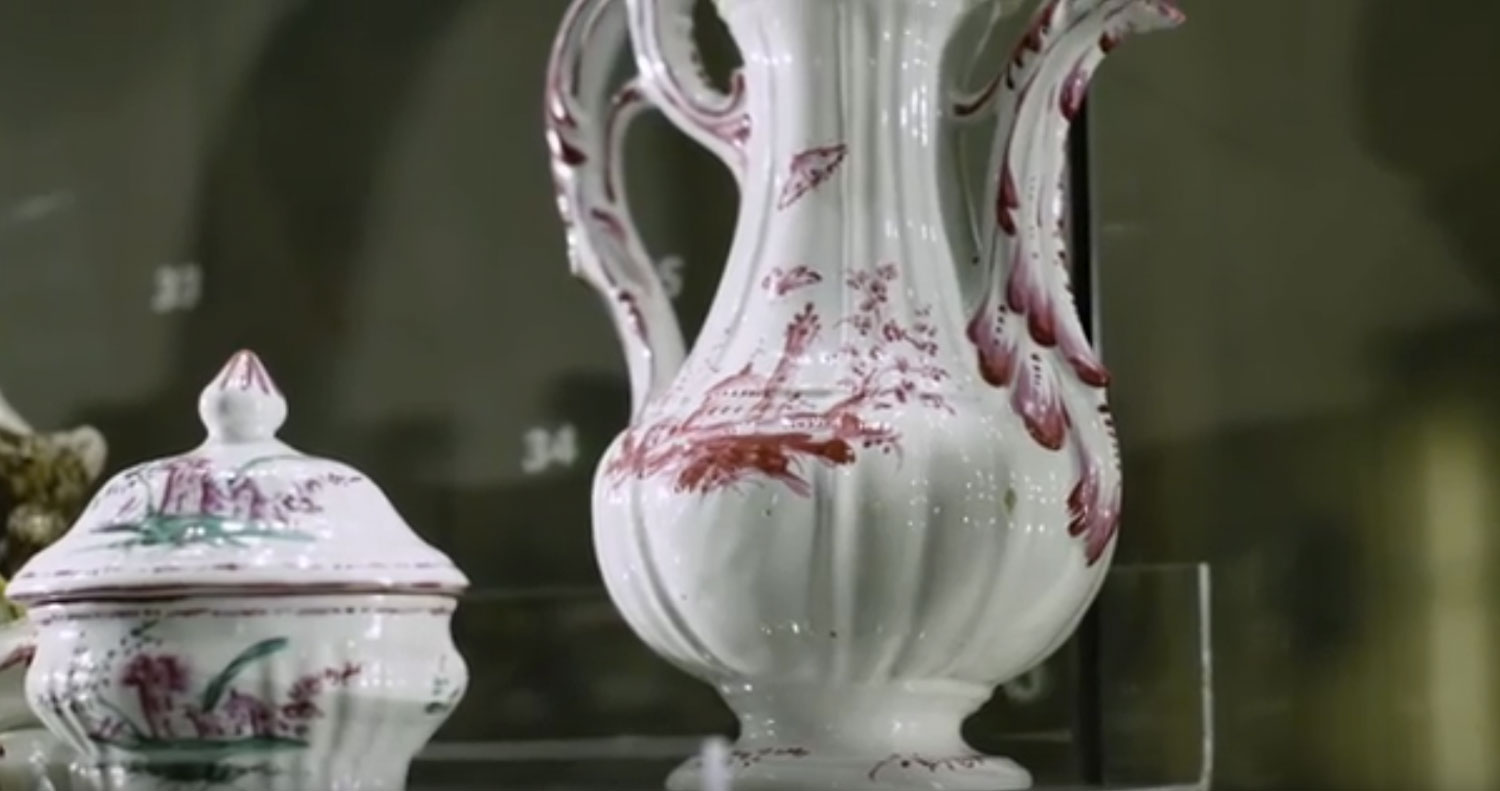The Museum of the Bobbin Lace

In Offida, the bobbin lace art has been passed down from generation to generation, since at least five hundred years. This art is still present and permeates the whole village, characterizing it with the tinkling of the bobbins produced by trained hands turning and braiding thin threads. You enter the castle from the door near the rock, created in 1450 by the Florentine architect Baccio Pontelli. By the bulwark you may observe the sculptures realized by Aldo Sergiacomi. Three women: the elder lady, the young woman and the little girl working the bobbin lace: a memorial to this living and yielding art here in Offida.
Women in Offida sit in small groups along the lanes or in little squares sheltered from the wind, working and chattering. The bobbin lace art requires patience and attention; it is a work that preserves tradition and at the same time is able to renew itself, getting inspired by fashion and trends.

Piazza del Popolo, civic and religious centre of the village, seems to have been realized using the bobbin lace. If you take Corso Serpente Aureo, you get to Palazzo Castellotti, the Residence of Nobles, which houses the Museum Centre that belongs to the network of the Piceno Museums. This building houses the civic collections of the Museum of Popular Traditions, the Museum of the Bobbin Lace, the Picture Gallery and Guglielmo Allevi Archaeological Museum. Visiting the Residence permits you to discover a slice of the social, historical and artistic profile of the village, a synthesis that allows you to “recognize” a place which is full of art and history.
In the village, the farmers and the masters’ life was bound to several trades. The art of the bobbin lace, in particular, played and still plays today an important role, representing the core of the local economy.On the first floor, seven different rooms house a collection of tools and some precious creations of these untirable women. It is also possible to admire the dress that Naomi Campbell wore in London in 1997 for the stylist Antonio Berardi.

The object of the exhibition is to preserve the traditional and domestic trait of the bobbin lace work, using warm and ordinary colors, soft lines, welcoming atmosphere, typical of a homely and intimate place, and not of a museum. Mariella is a member of the Oikos cooperative, which manages the Museum Centre. In the Oikos cooperative five women who work the bobbin lace are employed.A good chat with Mariella will help us to understand why this art is still so attractive. Not all the finds discovered by the marquis Allevi are exhibited in the Archaeological Museum of Offida: some have been bought by the British Museum, others were requested by Rome and nowadays are displayed in the Pigorini Prehistoric and Ethnographical Museum and in the Institute of Etruscology and Italic Antiques of the University of Rome. The fresco halls of the main floor house important evidence of the ancient people who inhabited these areas, giving life to a civilization which is still jealously conserved by the inhabitants of Offida.
Whoever wants to visit Offida with sentiment and participation, will find an inviting mix of traditional culture, artistic and cultural passion, amusement and conviviality: the perfect icon of the pleasant and enjoyable living in the Piceno.
- 157
- 3109








